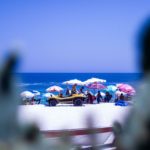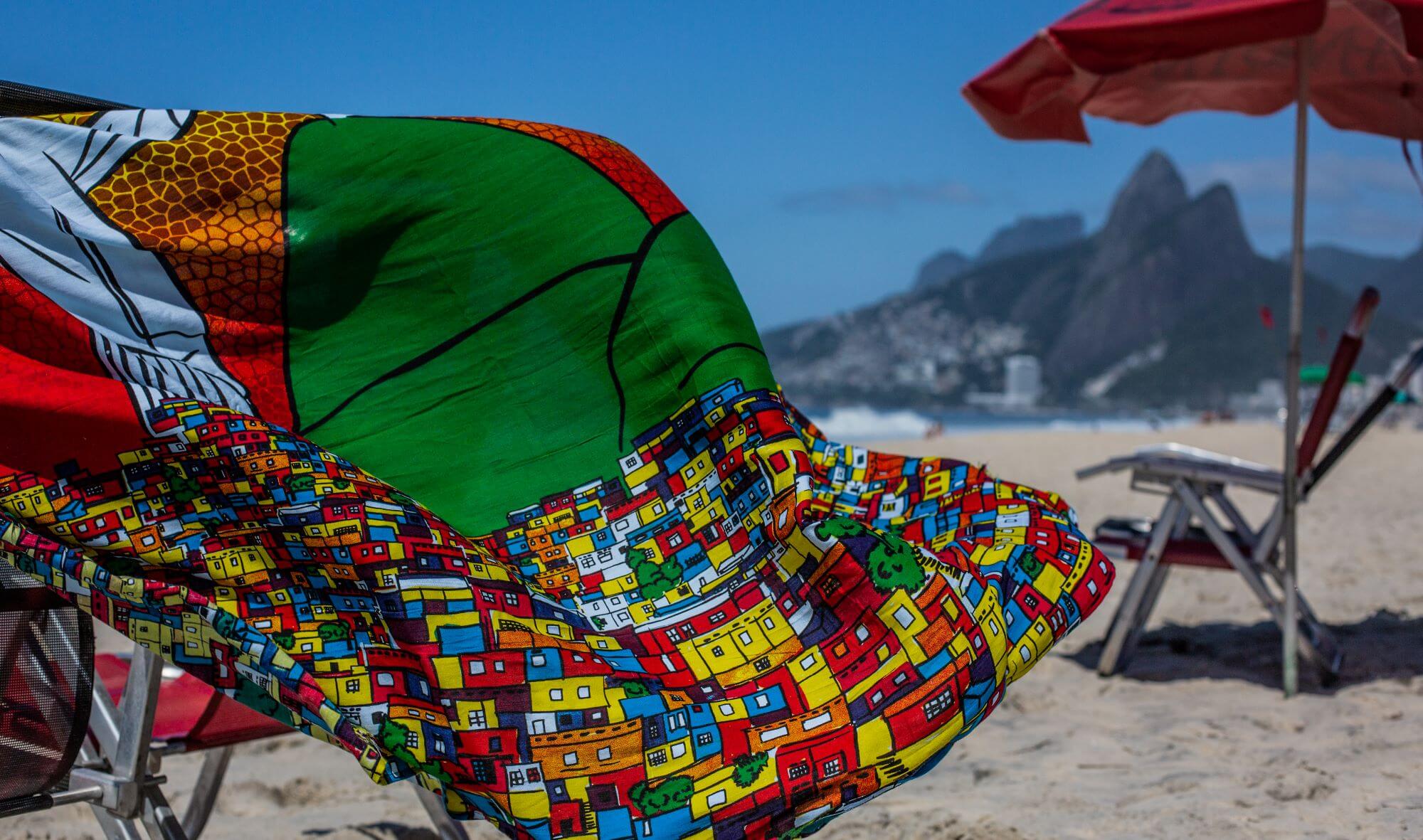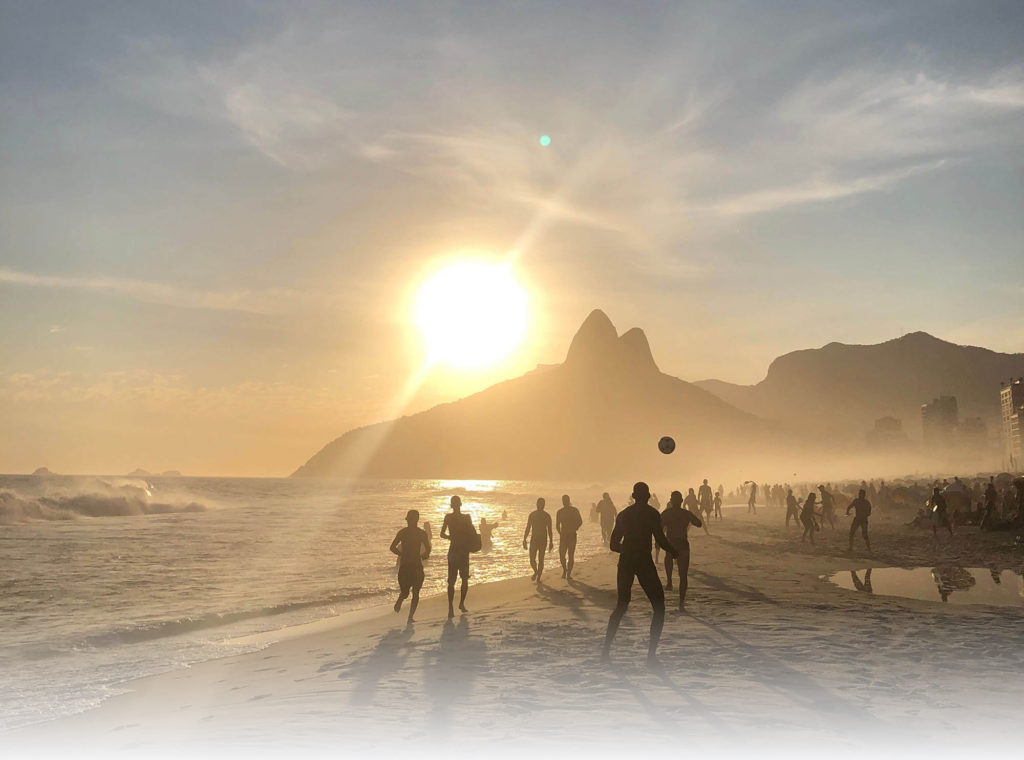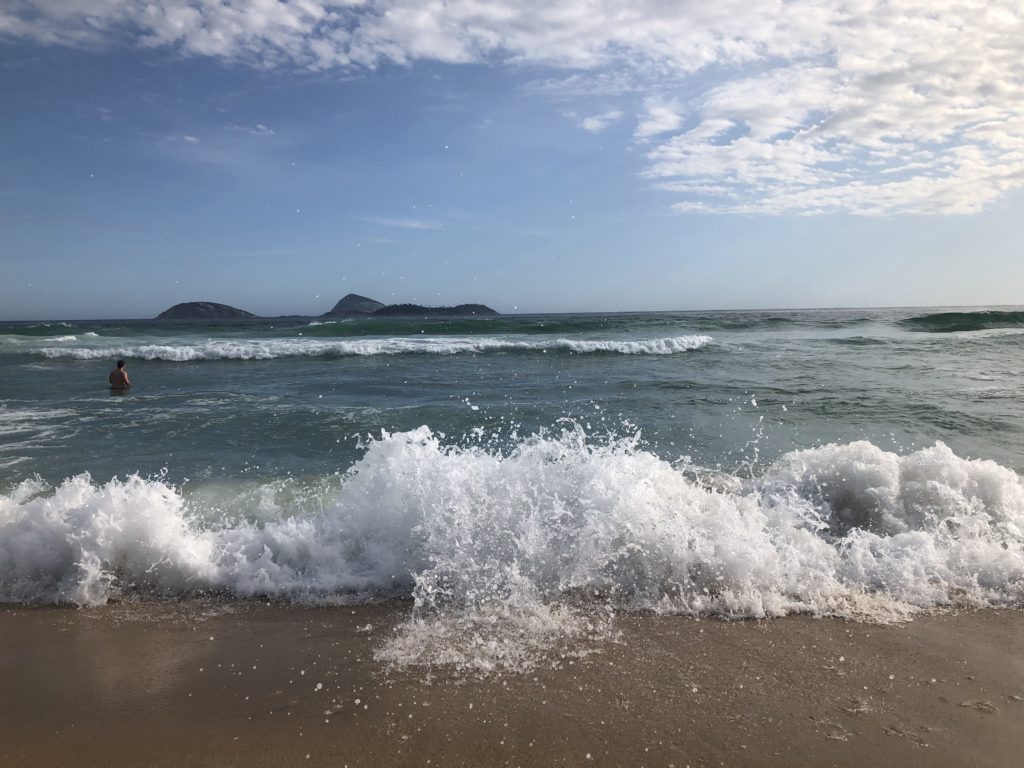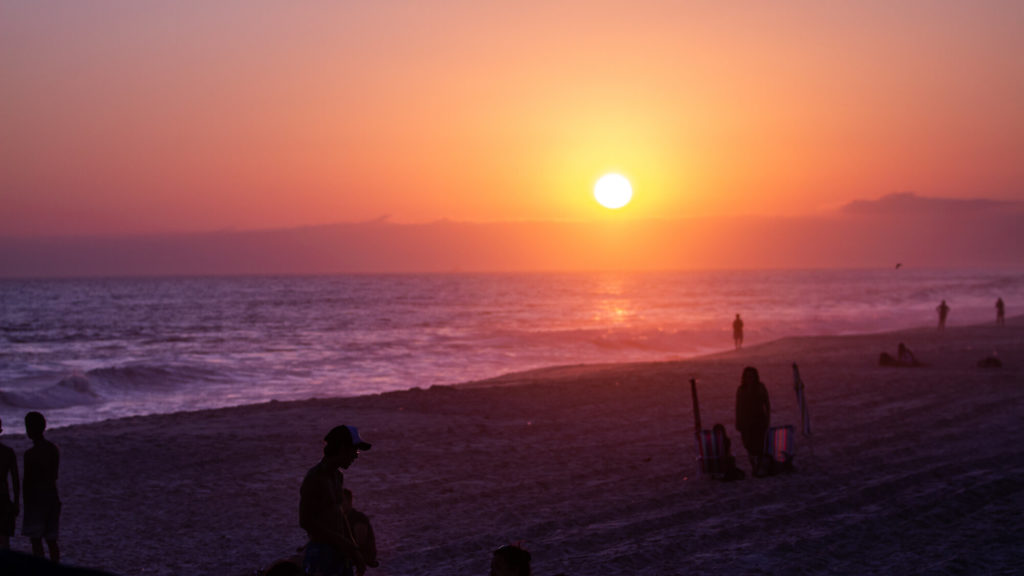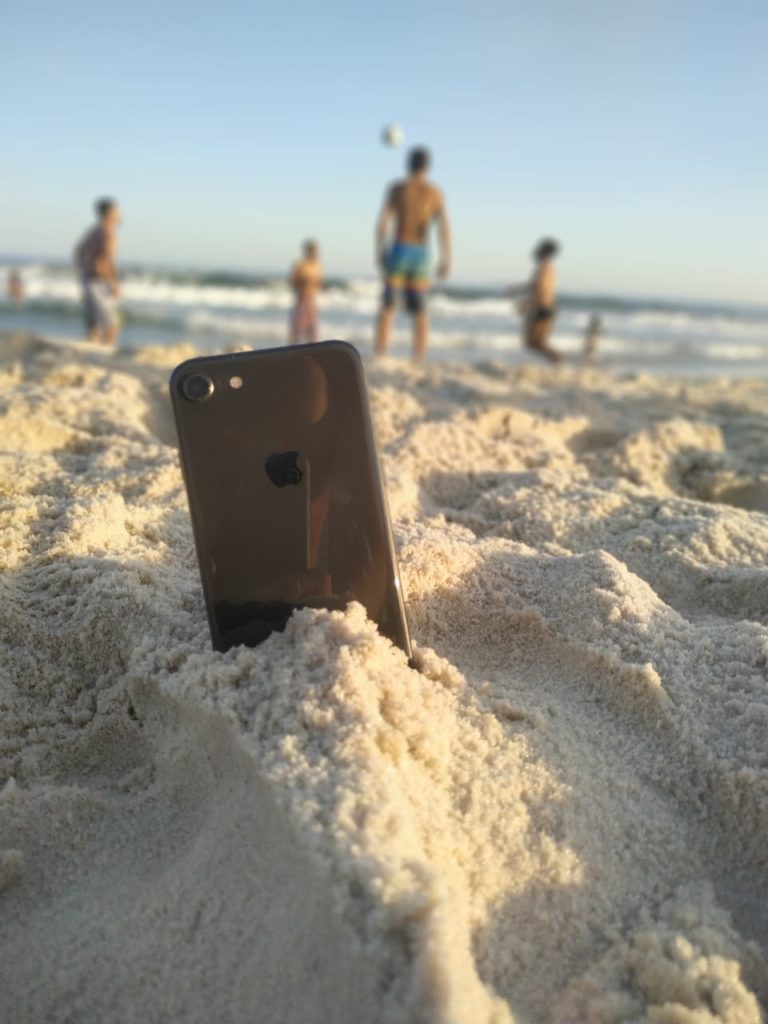RIO DE JANEIRO BEACHES
DISCOVER THE BEACHES OF RIO DE JANEIRO
Rio de Janeiro is known for its beautiful coastline of 72.3 km long. There are more than 40 balneable beaches, with options from the hottest and busiest, to the deserted and wild, including nudism. The beaches are part of the carioca’s culture and lifestyle, described in music, eternalized in postcards and stage of memorable sunsets, there is no way to come to Rio and not salute to the sea! Find out all the details about the beaches in Rio de Janeiro here, and then all you have to do is put on your flip-flops, your bathing suit, your smile on your face and enjoy!
GUANABARA BEACHES
The beaches of Guanabara Bay generally do not have their recommended balneability, it is always important to be alert to the warnings with this recommendation. Anyway, they are beautiful places for walks and sports. The edge of the Landfill, Flamengo Beach and Botafogo Cove are wooded and have as a backdrop the Sugar Loaf seen from magnificent angles. On the other side of Botafogo Cove, there is an extensive strip that skirts the Urca neighborhood, with its famous “mureta”, full of relaxed people tasting the bohemian of its bars. There is Red Beach at the foot of sugar loaf, where, on clear water days, it is not uncommon to see sea turtles swimming nearby. This beach usually has the recommended bath.
SOUTH ZONE BEACHES
The urban beaches of the South Zone are the most famous and trendy in Rio de Janeiro. You’ll find everything: people from all over the world, all tribes, things to drink, eat and buy, sports, music, not to mention that access is easy, and in the vicinity you have all the necessary urban transport, banks, pharmacies, police stations, shops in general and good food. Leme and Copacabana The left end of Copacabana is post 1, Leme Beach, which is generally quieter and more visited by families with children and surfers. Throughout the length of Copacabana Beach, there is an intense circulation of people practicing sports day and night, many foreigners and plenty of commerce. At the right end, there is post 6, where the sea is calmer and people can swim more freely or practice Stand Up Paddle, and it ends at Fort Copacabana. Arpoador After the bend at the end of Copacabana, before the famous rock, there is a little beach frequented by surfers, Praia do Diabo, where the sea is very rough and should preferably be avoided by those who are not very familiar with the sea.
Next up is Pedra do Arpoador, a privileged spot for watching the sunset behind Morro Dois Irmãos, which is applauded every day.
Praia do Arpoador is usually one of the best bathing spots on the South Zone beachfront, as it is shallower and often has clear water.
However, on days with good waves, pay attention as there are always lots of surfers on this part of the beach. Ipanema and Leblon Ipanema Beach is a favorite meeting place for young people of all ages and tribes. Throughout their posts, from 8 to 10, you find comfortable and welcoming circles, according to your attendance. The practice of sports is also one of its hallmarks: regardless of the station, you’ll see lots of people running, playing altinha, frescobol, futvolei, etc., no matter what time of day it is – and, not infrequently, at night too. Leblon Beach is the continuation of Ipanema, sands of a sophisticated audience, which goes to Vidigal
BEACHES WEST ZONE
The beaches of the West Zone start in São Conrado, and pass through the small and beautiful Joatinga, barrinha, and Barra Beach. Praia da Barra is well known for its kiosks and the wind that allows kitesurfing. There are fewer street vendors than in the South Zone, but there is still some movement. On barra beach, there is still the ease of the subway and many bus options.
WILD BEACHES
After Barra, access to the beaches begins to be more complicated, being recommended to go by car, and the sooner the better, because it is not easy to find parking space on warmer days. From Barra too, the trade begins to get less intense. The long strip of sand passes through Reserva Beach, Prainha, Macumba, Grumari, among others, until you reach Guaratiba, on the far right of the city of Rio de Janeiro. There are also the Wild Beaches, such as Praia do Meio, Praia do Secreto, and abricó beach, which is naturalism.
DIVISION INTO POSTS
The coast from the South zone to the West Zone is almost entirely divided by rescue stations, spaced about 1km apart between them, which are your main points of reference, helping you to locate yourself on the beaches. Inside these posts, you find bathrooms and showers, usually clean, but paid (around R $ 2). It is also in the posts that are the rescue teams of the beach. So, in case of any problems, whether at sea or outside, go to one of the stations and ask for help.
TIPS
-For safety reasons, you should always be careful with your personal belongings, avoid leaving them unattended, pay attention to movements and always know who to ask for help in the event of incidents or accidents. When entering the sea, pay attention to the signs about the currents, which can sometimes be very strong, and always have a point of reference in relation to the positioning of your tent, so you don’t get lost when you return. Never doubt the power of the sun, even on the cloudiest days. Use the sunscreen, and reapply as many times as necessary during your beach. Preferably have the protection of hats and tents (if there is no tent, there are usually kiosks on the sand of the beach that rent the umbrellas and chairs at prices ranging between R $ 5 and R $ 20 reais, depending on the place), and drink plenty of water. –Also pay attention to the drinks consumed: try to assess the origin and hygiene of the drinks offered, prefer those of establishments that prepare them on the spot. The caipirinha may be good, but if it doesn’t come from a reliable source, it can cause more trouble than good times. Try to avoid the use of disposables by having a reusable cup or canudo. Protect the garbage produced from the wind and sand, so that it does not fly or bury itself, take care of small plastics, such as tampons or seals, and cigarette butts, and lastly, more no less important: take your trash with you. Not just yours, but what you find. Keeping the beach clean and pleasant for the next visitors who arrive is everyone’s responsibility, it is the least we can do to thank you fondly for this privilege of having such beautiful beaches in this city.



